We all know that sugar is delicious but not the healthiest thing to eat. We’re starting to understand its role in weight gain and other health complications. But why has it taken so long? And why haven’t we found better, safer alternatives yet? Here are some reasons the sugar industry works so hard to keep you in the dark and one thing you can to do to counteract their power.
Top 10 Biggest Lies People Tell Every Day
10 Slavery

For something so sweet, the widespread popularity of sugar has a dark and bitter origin story in slave labor. Sugar cane originated in the West Indies and Brazil. At one time it was simply a luxury spice among wealthy Europeans. As they colonized the ‘New World’, particularly the British, a huge profitability that helped finance the growing American colonies was recognized in this spice and it became known as ‘White Gold’.
Because it is a labor intensive crop, a cheap work force was created to ensure that sugar remained purely profitable. Slaves, including children, were the best source of labor that couldn’t say no to the back breaking and sometimes deadly work entailed in harvesting and processing of sugar cane. Many of these plantations and processing plants that operated day and night were located in Louisiana near New Orleans, surrounded by dumps and prisons. And they were treated very cruelly even when fatigued and unable to keep working. It wasn’t uncommon for exhausted slave laborers to lose limbs in the balers and other processing equipment.
Sugar was as lucrative back then as it is now. So the disease of greed won and the sugar trade was not just allowed, but promoted the destruction indigenous cultures and enslavement of many. Looking at that yellow and white bag of future cupcakes in your pantry a little differently now, huh?
9 Congress

Sugar’s popularity also grew its power and influence over the United States Congress. In 1816 there was a tariff imposed on imported sugar, especially from Cuba, at 16-19 percent on wholesale imported sugar. It granted more consumption and power to the sugar produced by slave labor in Louisiana and other slave friendly states.
This also gave birth to a banking scheme, born in Louisiana, that helped clients buy slaves while attracting foreign investments to the industry. A grower would pledge their estate and slaves to the bank as an asset and then borrow back part of the assessed value. Through this activity, sugar plantations could expand their acreage and grow their slave populations. In turn, the banks could bundle all of the assets, make them collateral, and sell slave and mortgage backed securities to investors. Can you get more evil?
When investors complained that the slaves were ‘perishable’, Louisiana actually issued state bonds backing the plantations to ensure investors that there was no risk. This unfortunately encouraged investors, who jumped on the opportunity, allowing the sugar industry to surge. And slavery in the area saw an uptick of 86 percent in the 1820’s. This only continued the trend in the near future. Sugar is looking a lot more bitter now.
8 Slavery Still
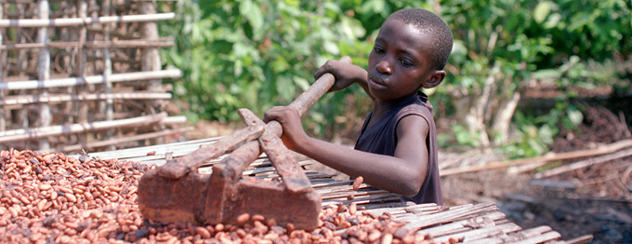
There is still slave labor alive and well in the sugar industry today! Spit out that candy and pay attention. In the Dominican Republic, hundreds of thousands of indebted Haitians work in labor camps called bateyes. They work 12-14 hour days harvesting sugar cane for less than $1 and are paid in company scrip instead of actual currency. They arrive, often starving and devoid of identification papers, lured by the promise of paid labor and are intercepted by traffickers who give or sell them to these farms. Unbeknownst to you, you may be buying the products of their forced labor in your local grocery store. Did you spit out that candy yet?
On the very slow moving upside, more awareness is working to change these practices. In Britain, in 2017, the UK instituted the Modern Slavery Act in an effort to ensure there remains a zero tolerance policy for products developed through slave labor. Frankly, it’s the least they can do considering their history in the industry’s inception! Now we need to get the rest of the sugar addicted world aware and on board too. These people will be way better off if consumers use their money to vote down these barbaric practices.
7 Lies
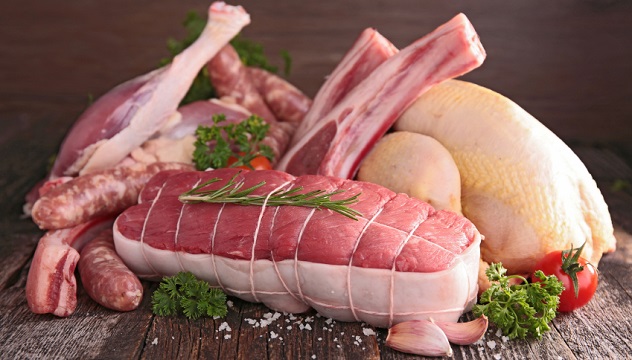
Part of the human condition is sadly lying to get what we want or downplay our wrongdoings. And it is humans running the sugar industry. So they too are guilty of deception. In the 1960s, this conniving industry funded research to highlight the [false] dangers of fat in an effort to diminish concerns about sugar’s role in heart disease. They even went about it in a brilliantly evil manner.
A group named the Sugar Research Foundation (SRF) employed Harvard scientists and had their findings published in the New England Journal of Medicine (1967) without disclosing that it was the sugar industry funding the research. It was done as a review that examined different studies and experiments that implicated sugar as a culprit in coronary heart disease. It suggested that all of the former research pointing to sugar was flawed and implicated fat and cholesterol as the main contributors to the disease. Having such a prominent journal publish the review has allowed the sugar industry to shape and lead the scientific debate about the dangers of sugar and fat for the past five decades! Sugar. Hate. Fueled. Rage. Building. And we’re still waiting on new research not funded by the industry.
6 Poison
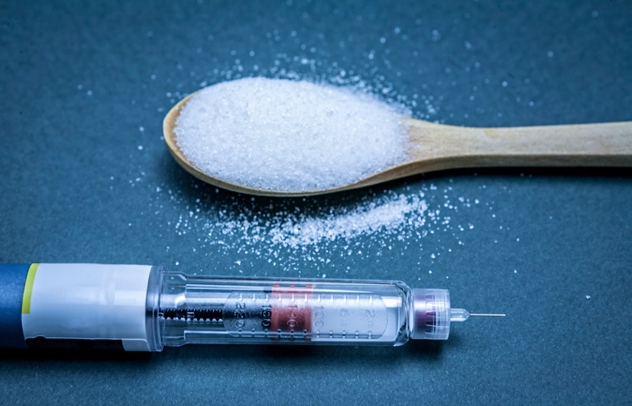
Most of us (probably all of us realistically) love to indulge ourselves …cake, soda, alcohol, ice cream and a wide variety of other guilty pleasures. The sugar industry counts on us caving to our weaknesses or feeling the need to reward ourselves whether we deserve it or not. They also make a concerted effort to confuse our understanding of the effects of our reckless sugar consumption.
According to Marion Nestle of Nestle Foods, “Food company sponsorship, whether or not intentionally manipulative, undermines the public trust in nutrition science, contributes to public confusion about what to eat, and compromises Dietary Guidelines in ways that are not in the best interest of public health.”
The reality is that sugar is a poison that promotes fat storage in the liver, creates insulin resistance, increases insulin production, and promotes tumor growth. Go ahead, have another spoonful of that delicious vanilla ice cream …with a side of chemo. The industry is working very hard to make sure you don’t learn these things.
5 Profit Above All Else
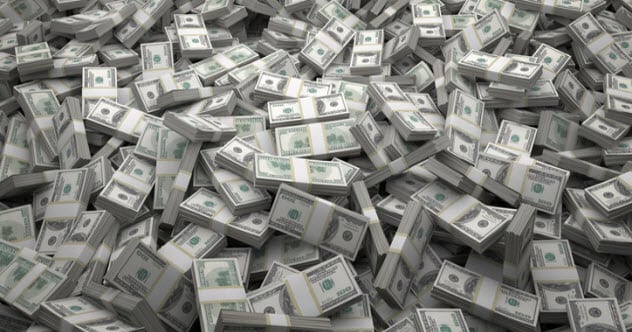
The devil exists and he is clearing running the Sugar Association that represents the sugar industry. This creepy and horrifying association, along with a few other big food industry groups, has demanded that the United States Congress stop funding the World Health Organization (WHO) simply because they declared that sugar should contribute to no more than 10 percent of a healthy diet. They want the WHO report withdrawn for the government to continue funding them.
So they’ve made it pretty clear that their only interest is their profits and continued growth with no regard for the health or safety of their consumers. You’re just a pawn in their deadly games and a way to keep lining their pockets. Who wants some chocolate chip cookies?
4 Fake Health Food
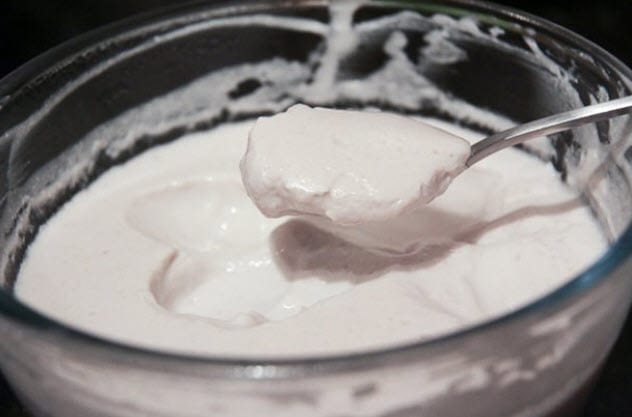
Desserts, soda, grandma’s goodies, and other sweet treats where you expect to find sugar aren’t the only sources of sugar in your diet. Many foods that are marketed as ‘low fat’ or ‘light’ actually contain higher sugar levels than their regular counterparts. “Low fat’ yogurt, for instance, often has added sugar to enhance the flavor lost when fat is removed.
Things we may tend to consume large amounts of without thinking about their sugar content have deceptively high amounts of sugar like ketchup, jarred spaghetti sauces, and barbecue sauce. Sports drinks, fruit juice, iced tea, vitamin water (great tricky name), premade smoothies, and flavored coffees are likewise heavy on their sugar content. Cereals, granola, protein bars, and cereal bars also contain higher levels of sugar. And canned soups are as high in sugar as they often are in sodium. Sugar is even added to many canned fruits, as if they didn’t already contain their own sugars. So with all of the sugar hidden in what can be part of a regular diet, adding those delightful desserts is literal overkill. Walk away from the apple pie a la mode!!
3 Climate Impact
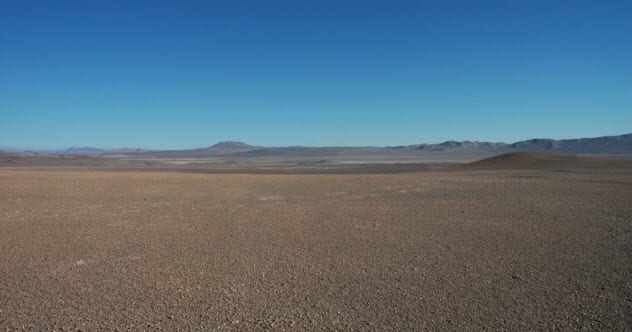
As sugar consumption, known or unknown, grows, so does its effect on the climate. And of course, that is not in a positive way. Sugarcane growers typically use nitrous oxide fertilizer which is an extremely potent greenhouse gas that has 300 times more potential to increase global warming than carbon dioxide. There are more sustainable options that are being adopted more commonly.
Let us hope that modern day sugar growers are more honest and interested in the well-being of all humans than their historical counterparts. For that matter, let’s hope they make the entire industry more honest and forthcoming in their practices. Crossing my sugar bloated fingers! That iced scone and double mocha frappuccino from Starbucks were really tasty.
That climate change is going to turn on them anyway. The higher temperatures, especially in winter, can ruin the ripening process of sugarcane. Perhaps pay back for all of the industry’s wrongdoings will be delivered by their own unchecked greedy practices! Irony really is its own sweet reward.
2 Addiction
The addiction capability of sugar is real and promoted by the industry! Like many illicit drugs, sugar promotes the production of dopamine in humans. Dopamine is the pleasure center of the brain that creates cravings and keeps you coming back for more and more. Foods with high sugar content are designed to be hyperpalatable to make you want more. Who can stop at one Oreo?
In studies with animals, sugar was found to be more addictive than cocaine. The animals were not only drawn more to the sugar than the cocaine, but they also experienced withdrawal. The addiction has a tendency to cause overindulgence. Humans likely don’t experience withdrawal often because our sugar is delivered regularly through a large variety of sources. That is only going to make the industry happy to take more of your money and find new ways to distribute more to you. The lobby in the millions to make sure they can continue to do so.
Have you ever tried taking candy from a baby?! Or it makes more sense to ask if you’ve ever tried telling a 4 year old they can’t have a popsicle when they’re used to someone saying yes? Get ready for H-E-double hockey sticks! Or have you tried to cut your sugar intake only to not be able to stop thinking about devouring an entire bag of chocolate chips?
1 Miracle Fruit
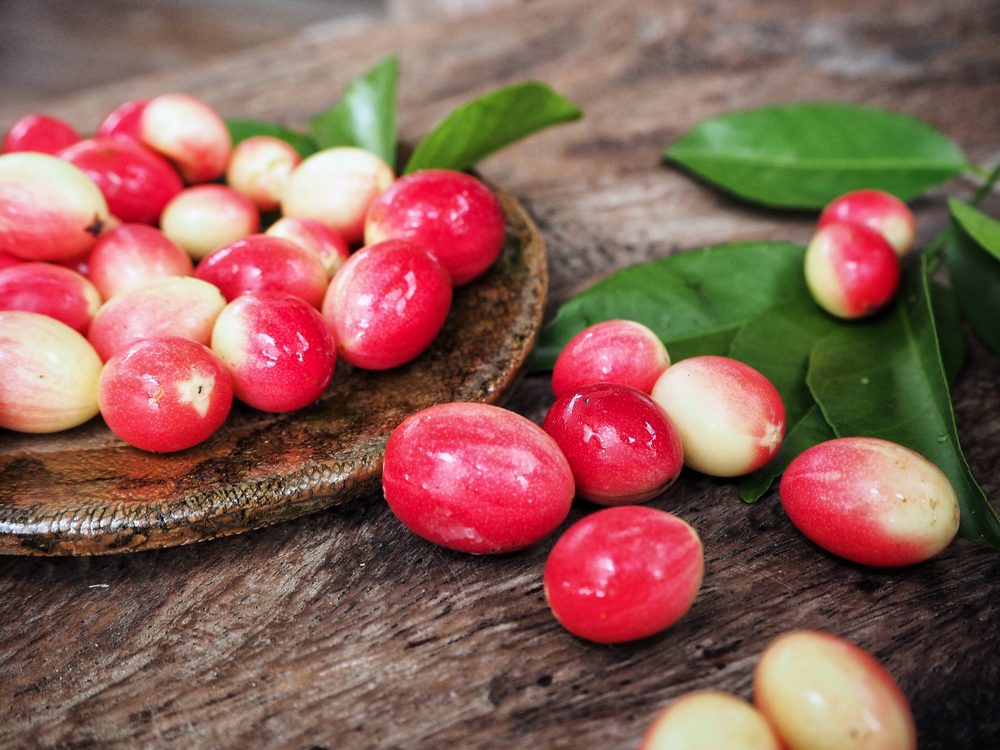
It’s fair to bet that you haven’t heard of an amazing, completely natural, safe alternative to sugar that can make anything you eat taste divinely sweet. Can you guess why? By now you’ve probably guessed it is because the sugar industry and lobbyists have put forth a lot of effort to make sure you don’t know about it. Well, say hello to Miracle Fruit! The author has personally experienced this heaven sent little berry and can’t speak enough of it’s wonders!
Miraculin is the glycoprotein in Miracle Fruit that makes everything you eat for several hours afterward taste sweet. We’ll leave the full science lesson for chemistry class. But it is AMAZING! You can eat a lemon like you would an apple completely free from that sour pucker. It will taste like Countrytime Lemonade.
Until very, very recently, all uses of this little miracle were banned by the FDA thanks to Donald Rumsfeld and GD Searle in 1977. They were the makers of aspartame, that other toxic alternative to sugar. Angry yet?! Go get some Miracle Fruit berries and try it for yourself. You’ll be happy again. The miracle is real! And the more people who know about it, the quicker we can do away with the twisted sugar industry with a history steeped in self-serving deception. Be an informed eater and enjoy that coffee with no sugar added!
